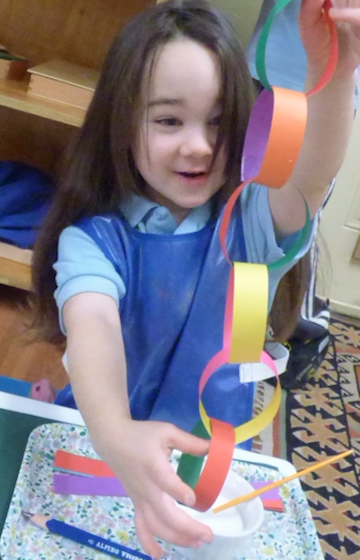Setting
Our beautiful classrooms have been carefully designed and prepared to provide the child with an opportunity to learn using his own natural inner guidance while putting his various individual interests at work. A range of materials are arranged throughout each classroom to stimulate the child’s interest through self-directed activities.
Each of our classrooms accommodates children two years old through Kindergarten, and has one Montessori certified directress with one or two assistants, depending on the number of children. The role of the adults in the classroom is to guide the children through their learning journey and prepare the environment in appealing ways for the child to interact with. Classroom materials are generally organized into five basic categories: practical life, sensorial, mathematics, language, culture and science.
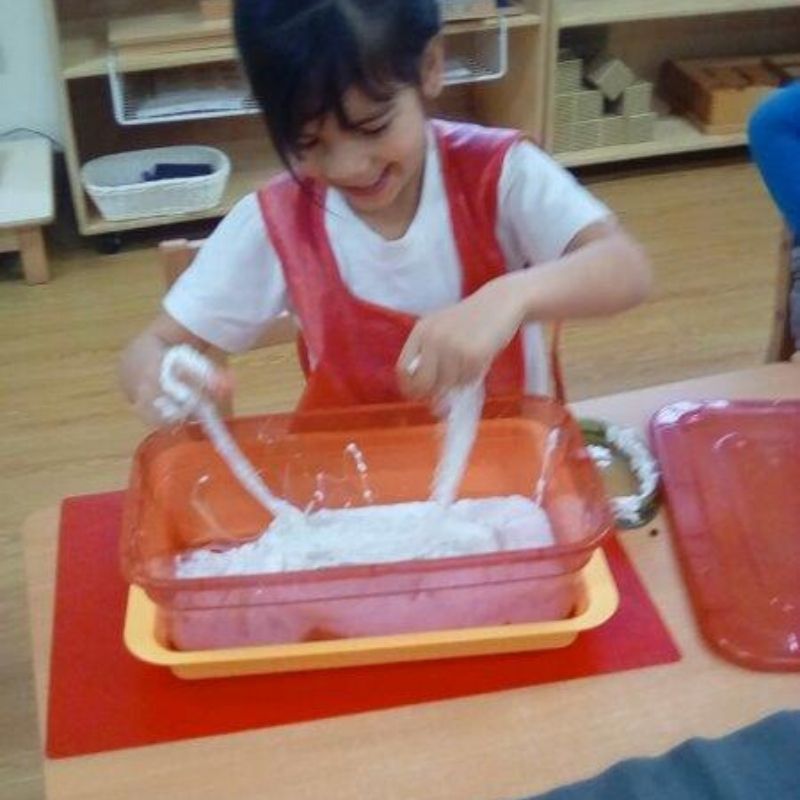
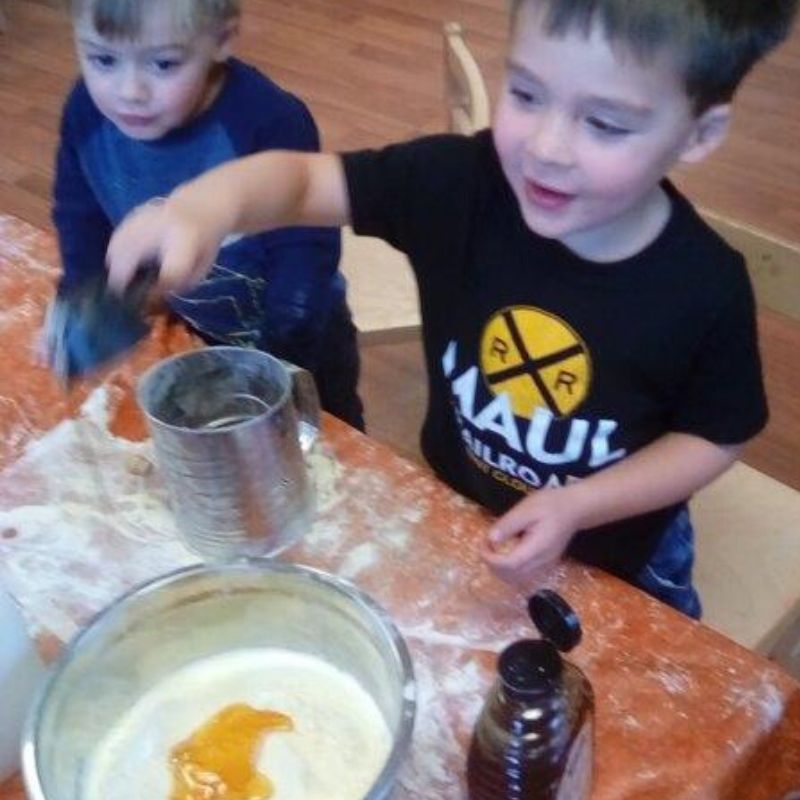
Practical Life
Practical life materials correspond to the young child’s natural interest to develop physical coordination as well as care of self and care of the environment. These activities also foster self-confidence and independence. Example activities include food preparation, self dressing frames, washing stations, folding work, and flower arranging. Grace and courtesy lessons help to naturally develop the child’s spacial awareness and empathy through considering the needs of others.
Sensorial
Sensorial materials give the child the opportunity to discover, experience, and engage the five senses. Further, children develop their awareness for natural order in their physical environment, including attributes such as size, color, shape and dimension. Self correcting materials such as the Pink Tower and the Knobbed Cylinder blocks are designed to be completed in a specific way, and cannot be completed incorrectly- children can see immediately how to correct order.
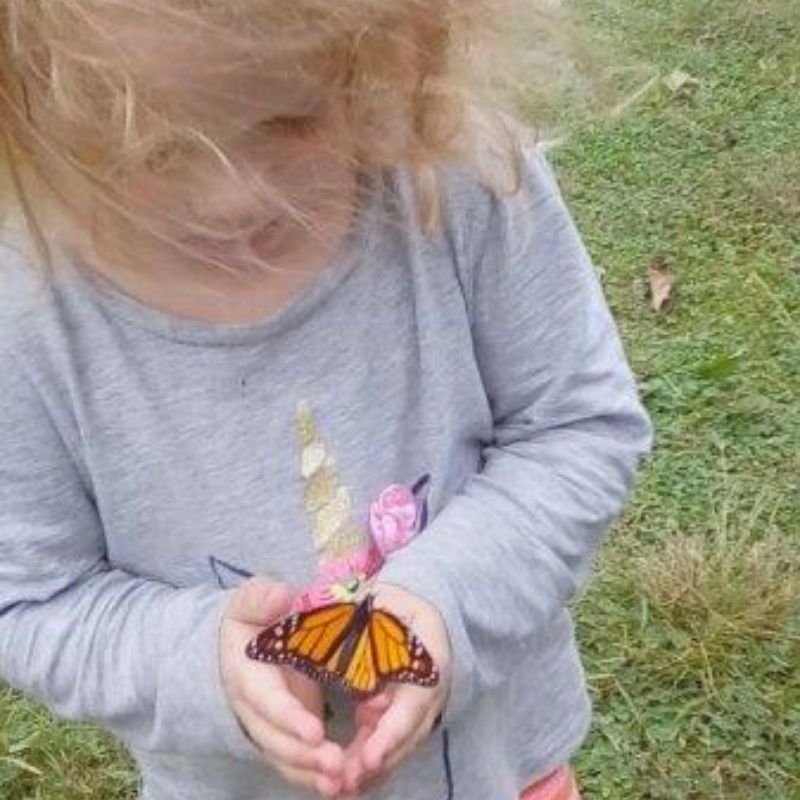

Mathematical
Mathematical materials introduce the child to the basic concepts of numeration, place value, subtraction, division and multiplication. This is done using beautiful colored beads, marbles, etc. Sandpaper numerals allow children to experience and learn numerals through touch. Other materials teach the concepts of fractions, patterning, numeral order, and the meaning of one thing, zero things, five things, etc.
Language
Language materials provide the child with experiences to develop use of writing instruments and the basic skills of reading a written language. The metal insets provide essential exercises to guide the child’s hand in following different outlined shapes while using a pencil. Engaging a child’s sense of touch by tracing sandpaper letters while saying the phonetic sounds reinforces the child’s association of the letter symbols with their sounds. The moveable alphabet exercise gives the child the opportunity to practice decoding phonetic words, which in turn helps the child figure out that blending sounds makes words. This is when the child starts reading, which happens naturally and easily and most importantly at the child’s own pace.
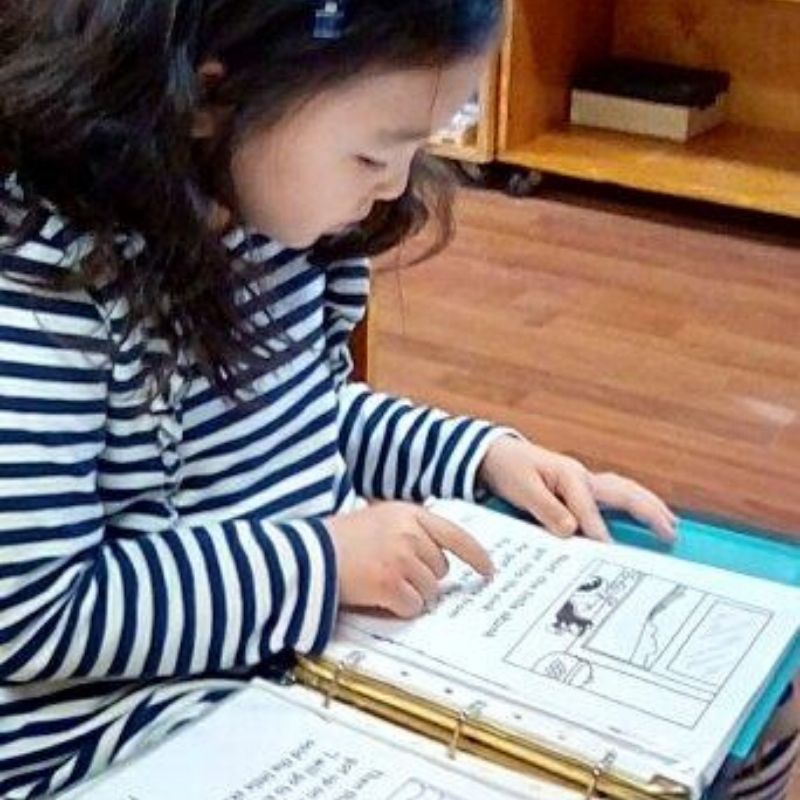
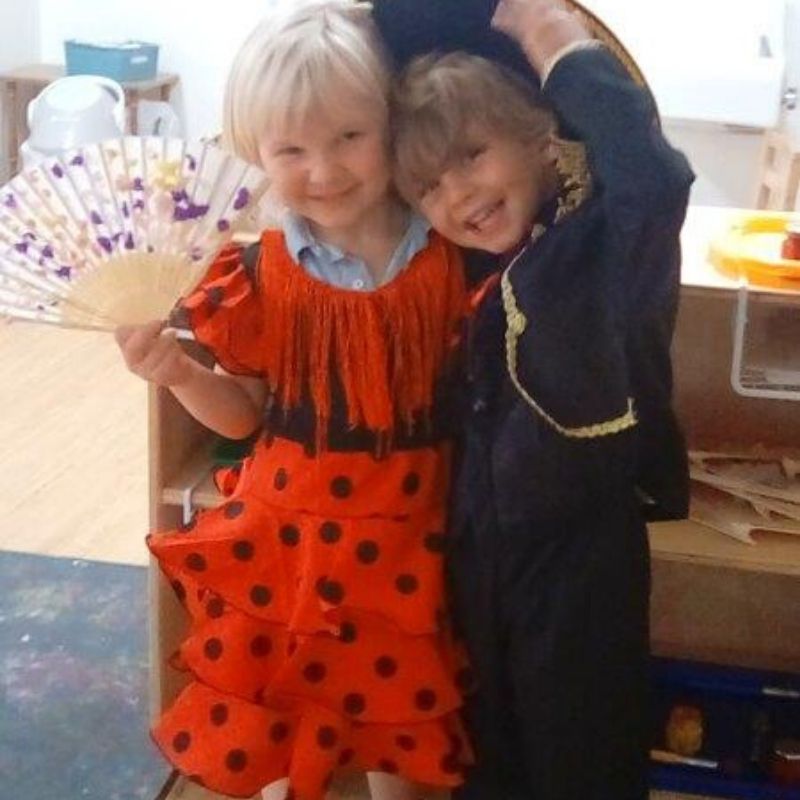
Culture and Science
Culture and Science subjects include geography (map puzzles, globes, ethnic clothes and food), history (calendar, seasons and biographies of famous people), botany, and zoology (naming and organizing plants and animals). Our children enjoy learning about Egypt, France, Spain, India, Russia, Japan, and many other countries of the world. We strive to show them authentic materials specific to each culture and love to invite guests and parents to share their own heritage with the children. During these units we prepare and eat ethnic dishes, dress up in traditional cultural clothes, and experiment with various cultural musical instruments.
Art and Music
Our art activities introduce the child to simple practical skills, which then become the means through which the child can do creative art work. Children who do creative work become self-confident and imaginative. These are qualities that the children will possess for the rest of their lives. Maria Montessori discovered that musical education is highly beneficial to children in their early years of development. In our classrooms, the children listen to classical music every day and learn about the biographies of famous composers and the Orchestra. They also make music with sticks and shakers. At circle time, we dance to silly songs and enjoy movement and dancing from around the world. Additionally, we sing finger-play songs and lullabies. Other activities that are done weekly include baking and yoga.
